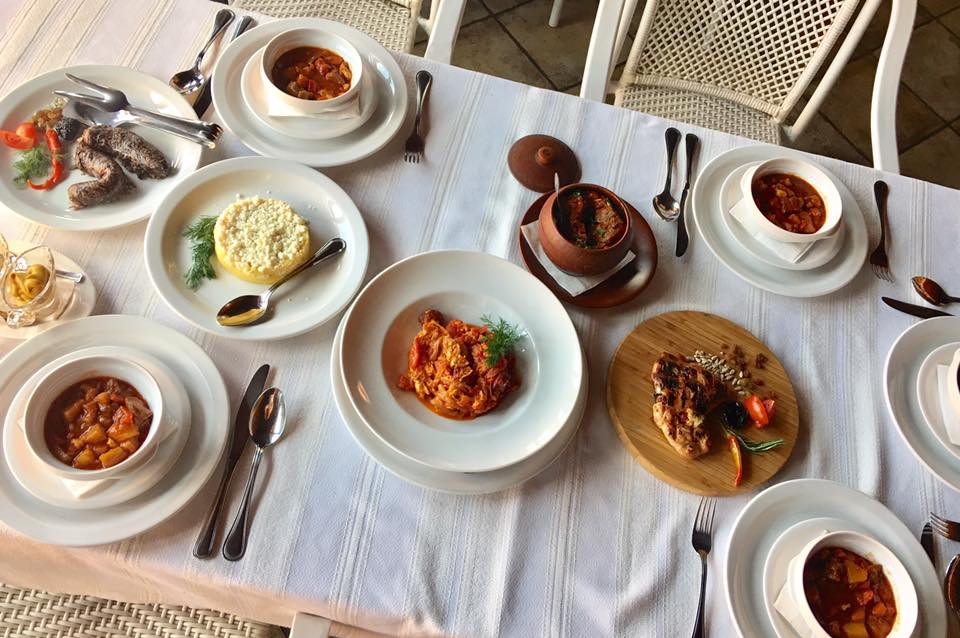When the CARTEL team on its the way from Bukovel crossed Yablunytsky pass it felt as if it got to a new country. The inhabitants of West Carpathians speak the local dialect, and also Romanian or Hungarian. Potatoes are called “krumpli”, corn is “melay” or “kinderytsya”, jam is “lekvar”, hashbrown potatoes “kremzlyky” and beans “pasulya”.
Potatoes are called “krumpli”, corn is “melay” or “kinderytsya”, jam is “lekvar”, hashbrown potatoes “kremzlyky” and beans “pasulya”. Where did all these catchwords come from? – You may ask. We asked the locals around, we googled a bit and are ready to answer.

West Carpathians is located in the center of Europe, where the climate is favorable for winegrowers and agriculture, therefore these lands have long attracted conquerors.
In the XI century the Hungarian king annexed West Carpathians to Hungary and for the next 9 centuries these lands belonged to neighboring countries (Hungary, Czech Republic, Slovakia, Romania). So the local cuisine was formed under their influence,
Hungary inculcated in Transkarpathians a love for of spicy tastes. Red pepper, tomatoes, capsicum, onions and paprika (brought in by the Turks) are those ingredients which none traditional Hungarian dish goes without.
“Bograch” is sauced with Erosh Pishta sauce with hot red pepper, you add paprika with sour cream to “Paprikash”, “Piknytsya” is prepared with spicy paprika, “Hungarian lecho” goes with chopped fresh sweet pepper, onions and tomatoes.
Nourishing meat dish with sauce and dumplings migrated to us from the Czech ration. There is no Czech cuisine without dumplings (or “knedlyky” in Czech). The Czechs consider them an ideal side dish. Our team in West Carpathians has checked this taste out, and we recommend to you too to try steamed dumplings with juicy veal cheeks in the Filvarok. And do not forget to sweep the sauce with a slice of dumpling.
Romanian cuisine as well as Carpathian likes to use corn. More precisely “mamalyha”, a porridge made of corn flour. And on the basis of “mamalyha”, the “Tokan”, “Buls” and even “Holubzi” are made.
Ukrainian archaeologists have determined that 800 years ago Jews lived on the territory of Uzhhorod. Transcarpathians adopted their golden rule “be able to make as many dishes as possible from a small number of products”. From the Jewish cuisine, the West Carpathians also borrowed the “Chovelent”, the Sabbath dish of the Jews and also fish dishes.
The tradition of stuffing pork intestines with minced byproducts mixed with cereal, they say, was borrowed by the West Carpathians from the Romani people. In ancient times, when slaughtering pigs, the umbles were not used and given away for nothing. The Romani adapted them to their needs: they chopped them and made small sausages. Legends say that once the by-products mincemeat accidentally mingled with oats (Romani had plenty of it to feed their horses) and the dish obtained turned out to be quite tasty, and they could make 3-4 times more sausages. Later, oats was replaced with rice, so this is how a dish called “Gurka” appeared.
Nourishing, spicy, multinational, this is the West Carpathians cuisine.
We tried and we recommended it to you. Visit the Filvarok to try.
